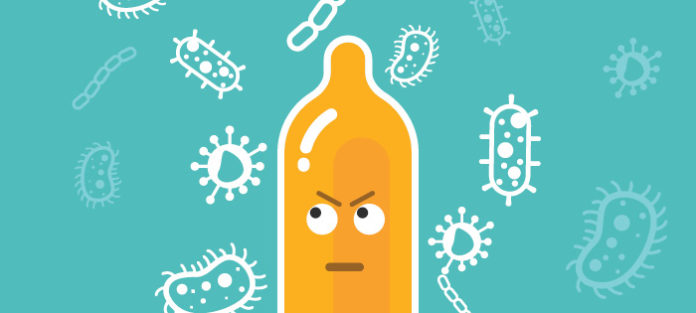How can acquiring an STI impact your mental health?
Sexually transmitted diseases are perhaps the most misunderstood and confusing spectrum of infections in existence, ironically more so in an era where they are as common as the common cold! According to WHO, one in every 20 people has STIs.
Unfortunately, there are a few myths which have attached themselves to STIs. And thereby the article would aim at debunking them and easing your palpitations. While also establishing a connection between mental health and the increased probability of STIs in the youth of the LGBTQIA+ community.

What are the myths?
- Contrary to the popular belief that only gay men can contract HIV, all populations are susceptible to STIs. Currently, nearly 60% of youth carry STIs, debunking the argument that marginalises gay men.
- The second myth challenges the common belief that having more sexual partners leads to contracting STDs. In reality, the risk is determined by the specific sexual practices rather than the number of partners. While having multiple partners can increase the likelihood, having just one partner doesn’t ensure 100% protection.
- The third myth dispels the notion that “lesbians can’t get STDs.” While lesbians may have a lower risk, it doesn’t provide a complete safeguard. Like any couple, if unprotected genitals come into contact, there is still a risk of contracting STDs.
This being established perhaps it is also essential to understand the factors that put LGBTQIA+ youth at risk of contracting STDS. These factors disproportionately impact the LGBTQIA+ youth, thus leaving them vulnerable and more prone to contracting STIs.
The most influential factors are mental health, and emotional health which are again influenced by social factors like poverty, and stigma attached to their sexual identity.
According to the CDC’s 2019 youth risk behaviour survey of high school students, it was alluded that young people having mental health-related issues were more likely to engage in health risk behaviour which includes having unprotected sex with on average 4 partners thus increasing the probability of contracting STIs.
Concerning emotional wellbeing- it’s no surprise that youth belonging to the LGBTQIA+ community have been subjected to constant bullying leading to them feeling left out which again contributes to them indulging in sexually risky behaviour to gain acceptance.
According to minority stress theory, sexual minorities experience chronic stressors related to stigmatised identities, including victimisation, prejudice, and homophobia. These stressors in turn can lead to compromise in mental health and well-being thus again leading the youth to engage in sexually risky behaviour.
Perhaps through this, we understand the need for the youth to be accepted and constantly reassured especially through their family, since it acts as a defensive wall against the void of negative influences. And thus, a pressing need to gain support from the heteronormative crowd. Besides the support, it’s also essential to familiarise oneself with the simple concept of “pronouns” and gender “neutral” language. To ensure that sex-ed is not a taboo, condoms themselves need to be made the new sexy and of course, educating oneself about STIs like you plays an important part.
Perhaps through these endeavours, one could provide a hug of defence to oneself and others.
Author


1 thought on “How can acquiring an STI impact your mental health?”
Professionally articulated. Loved it